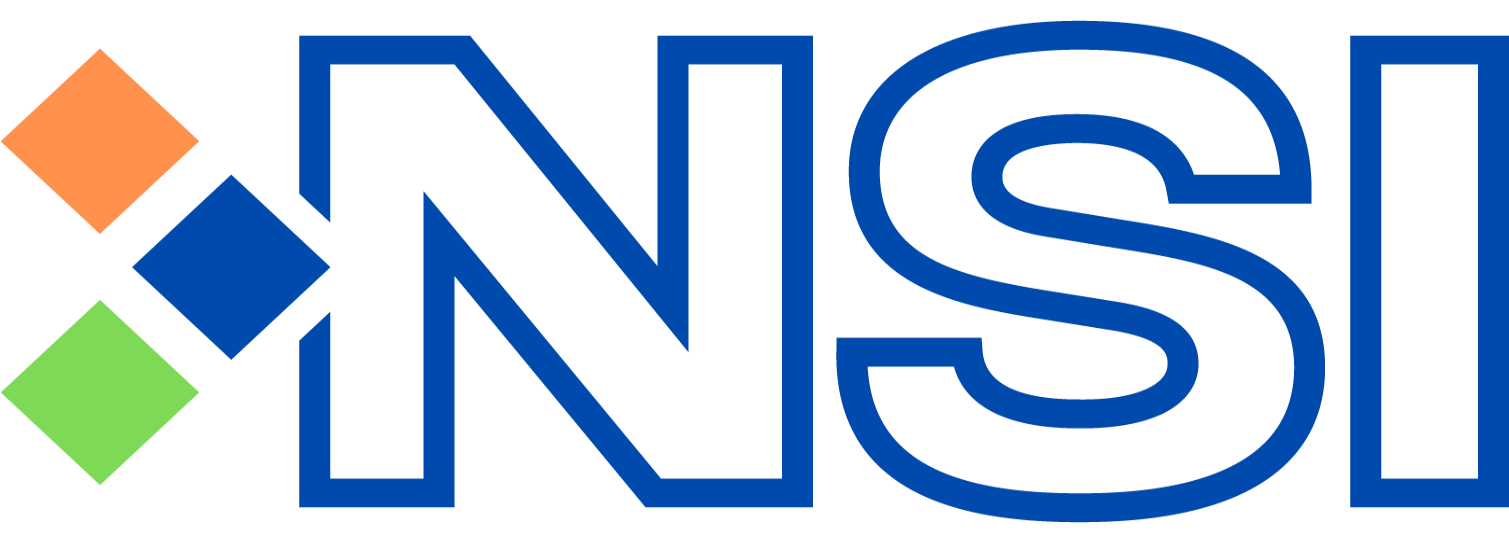Regulatory compliance has never been more critical, or more complex, for organizations operating in a cloud-first world. As companies increasingly adopt and reap the benefits of the cloud, the challenge evolves from meeting established industry compliance requirements to keeping pace with ever-changing regulations and unique internal standards for each company.
Many CISOs are finding that standardized frameworks and benchmarks like NIST, HIPAA, GDPR, and more do not always adequately reflect their organization’s specific risk profile or business needs. Organizations need to define their own unique standards and requirements their cloud environments must adhere to, ensuring enhanced security and competitiveness in the market.
This blog breaks down why tailored compliance is a critical need for CISOs and how new custom compliance capabilities in SentinelOne’s Singularity Cloud Security address the full spectrum of compliance needs security leaders face.
Compliance and Customization: Where One-Size-Fits-All Falls Short
With cloud innovation spurring a great migration from on-prem environments to the cloud, it’s obvious that regulators as well as operators must follow some standard best practices, or compliance frameworks. However, despite the universal expectation for rigorous compliance, the path to achieving airtight compliance is anything but standard because each organization has its own unique set of technical, operational, and regulatory considerations.
SentinelOne is proud to announce new custom compliance capabilities Singularity Cloud Security to help address this challenge. Custom compliance gives organizations the ability to define their own security and compliance controls and enforce those controls across their entire cloud environment.
Whether you’re an organization solving for internally defined requirements that out-of-the-box tools can’t address, a global enterprise that must ensure compliance across overlapping regulatory frameworks, or a business with client-specific obligations, this new capability delivers automated, unified, and continuously monitored compliance workflows, now tailored precisely to your operational needs and regulatory obligations.
To bring this to life, several real-world scenarios where custom compliance controls prove especially beneficial include the following:
- Organizations operating in multiple geographies or industries like SaaS providers or payment processors navigating a complex mix of industry, regional, and contractual regulations, can seamlessly layer and integrate multiple frameworks, mapping controls, assigning ownership by business unit or geography, and monitoring adherence through a unified dashboard.
- Healthcare systems often have unique, internally defined requirements including the need for bespoke access tracking or advanced activity logging beyond HIPAA mandates. Healthcare providers can create unique controls within the platform, eliminating the need for manual workarounds and ensuring that even the most specialized requirements are continuously monitored and auditable.
- Financial services firms can automate compliance evidence collection and tailor monitoring to their specific risk models or proprietary business logic, reducing redundant or unnecessary requirements and making it easier to demonstrate compliance with the exact combination of regulations that apply to each part of their organization.
Custom Compliance in Action
Ease of use is paramount for any compliance capability, especially for creating your own unique custom controls. CISOs and security leaders can define complex compliance controls specific to their own organization with literally a few clicks.
To start defining a custom compliance framework, users can navigate to the compliance dashboard within the Singularity SOC and click on “Create framework”.
Any new framework is structured to have a hierarchy of controls, sub-controls, and rules. Once a new framework has been named and a description added for future users, there are two ways of populating the framework with compliance rules. Users can either pick specific rules/sub-controls/controls from more than 45 existing compliance frameworks like HIPAA, CIS, NIST, and others, or they can create their own custom controls, sub-controls, and add rules.
This enables organizations to assemble truly bespoke compliance frameworks by seamlessly blending controls from multiple standards with their own specialized rules, giving them unparalleled flexibility to address unique regulatory and business needs.
Users can also schedule compliance reports directly from the Reports page, making it easy to set up recurring, detailed reports. Gain timely insights into your cloud security posture, simplify audit readiness, and continuously monitor and strengthen compliance—no manual effort required.
The ability to deploy custom compliance controls with the same ease as standard frameworks greatly simplifies ongoing compliance for organizations. This proactive stance both satisfies auditors and regulators and empowers the business to move faster, innovate securely, and maintain trust with stakeholders.
Custom Compliance, Real Confidence
Custom compliance gives organizations greater flexibility and control over their security and compliance programs. This isn’t just technical capability—it’s a strategic shift. Instead of relying solely on preset industry frameworks, teams can establish requirements that directly reflect their business goals, unique risks, and internal obligations, all while eliminating manual processes and streamlining monitoring and reporting. Singularity Cloud Security stands out as the only cloud security solution that empowers organizations to transform compliance from an obstacle into a driver of clarity, trust, and business acceleration.
Learn More
- Check out the Singularity Cloud Security product tour
- Learn more about SentinelOne’s CNAPP solution
- Read the 2025 Cloud Security Survey Report
- Get a 30 minute demo from a SentinelOne expert

